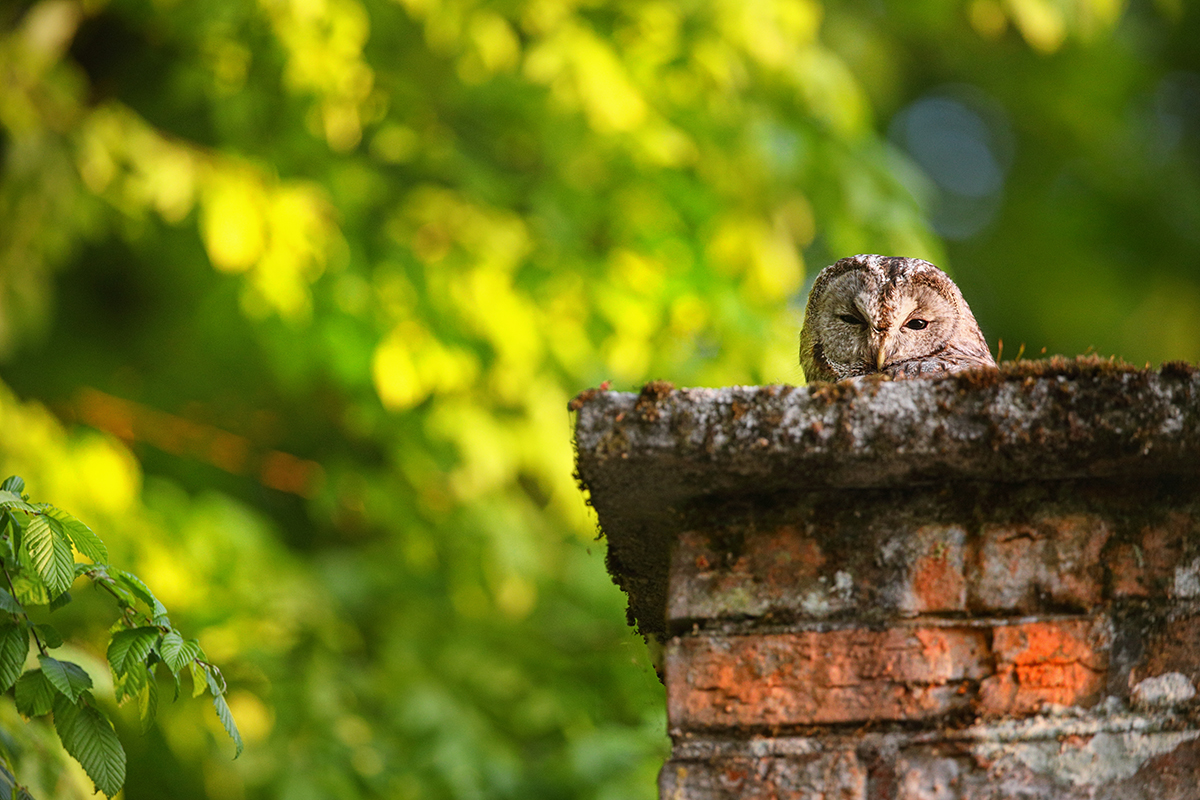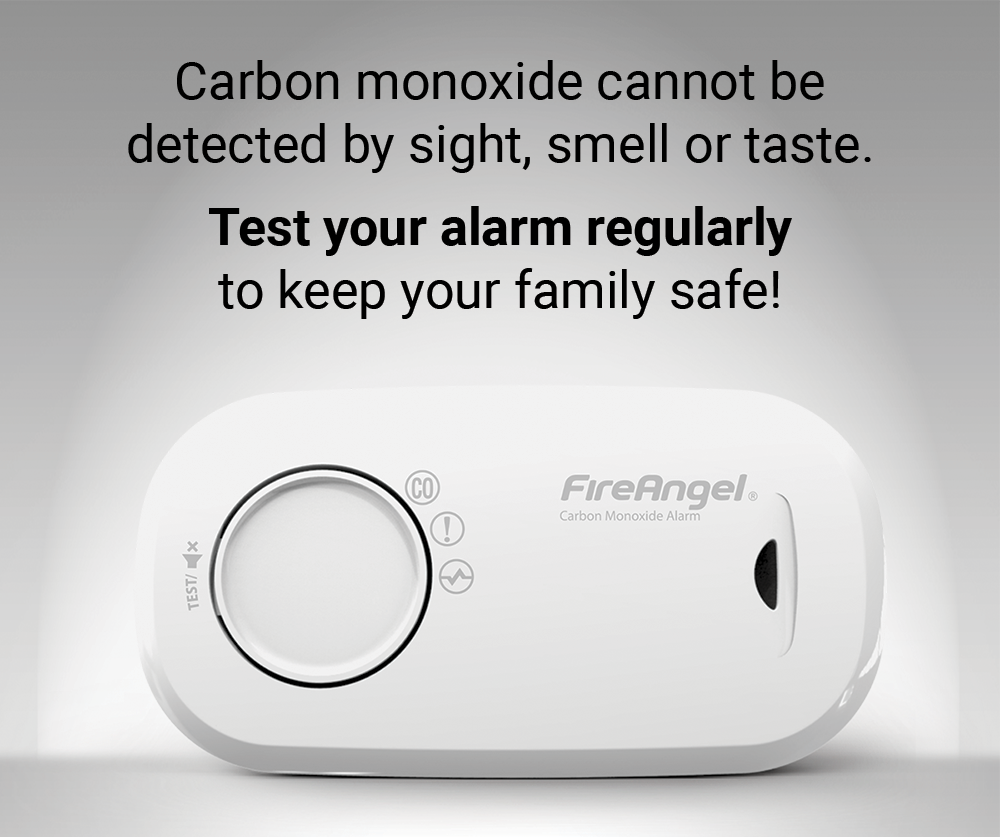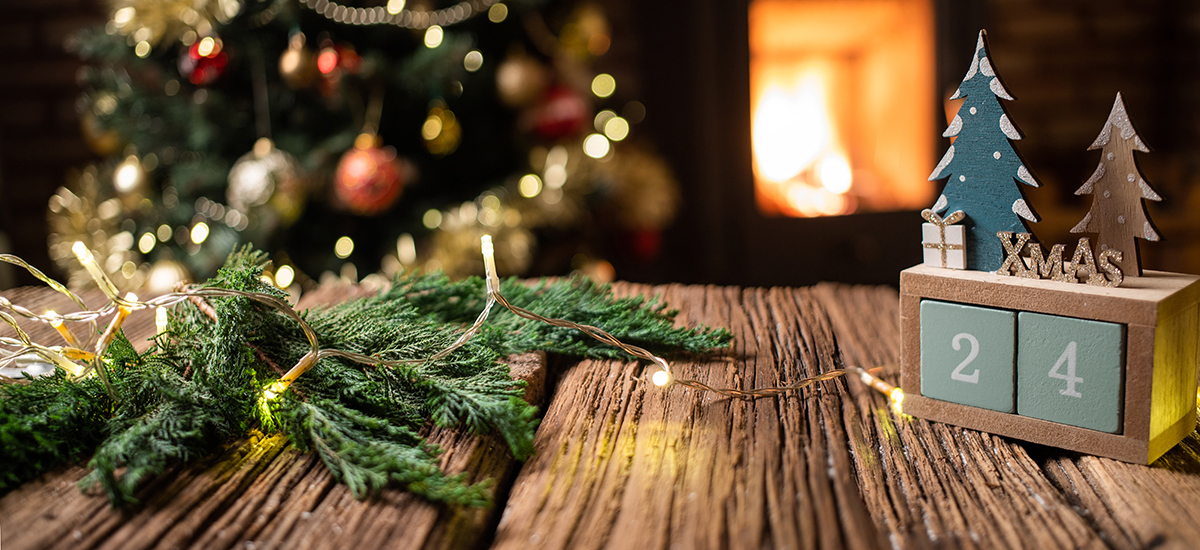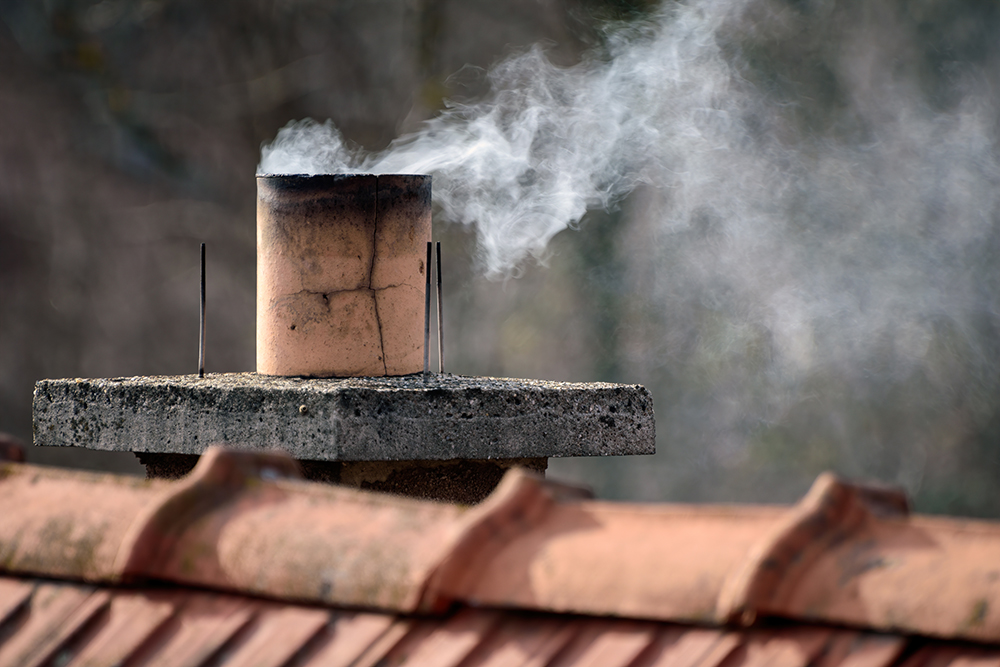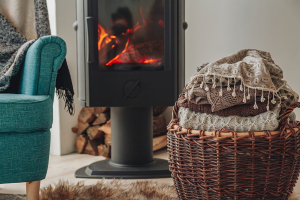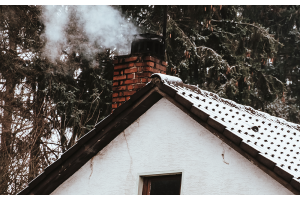As the end of winter draws nearer and you prepare to bid farewell to your fireplace until next season, it’s the perfect time to start thinking about scheduling your annual chimney cleaning and inspection.
Although your chimney may look fine from the outside, there could be a whole host of problems which could compromise its functionality and jeopardise your home's safety.
Taking proactive steps to maintain your chimney at the end of the burning season, rather than waiting until autumn, gives you plenty of time to identify and rectify any underlying problems.
Continue reading to discover why we recommend getting your chimney cleaned in the spring!
Preventing Chimney Fires
Many chimney fires go unnoticed, often stemming from the buildup of creosote—a hig

